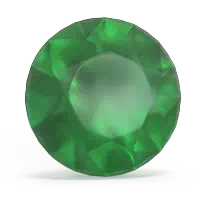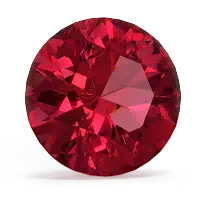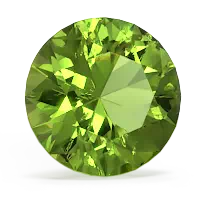


Emerald is associated with Venus, the Greek goddess of love and beauty. They say an emerald pendant can protect lovers from unfaithfulness. Ruby is known as the gem of courage. Wearing a ruby pendant can help you get through the trials and tribulations of life. Legends say that wearing a peridot pendant can bring happiness and contentment. Set in gold and surrounded with diamonds, the power of a peridot is said to intensify.